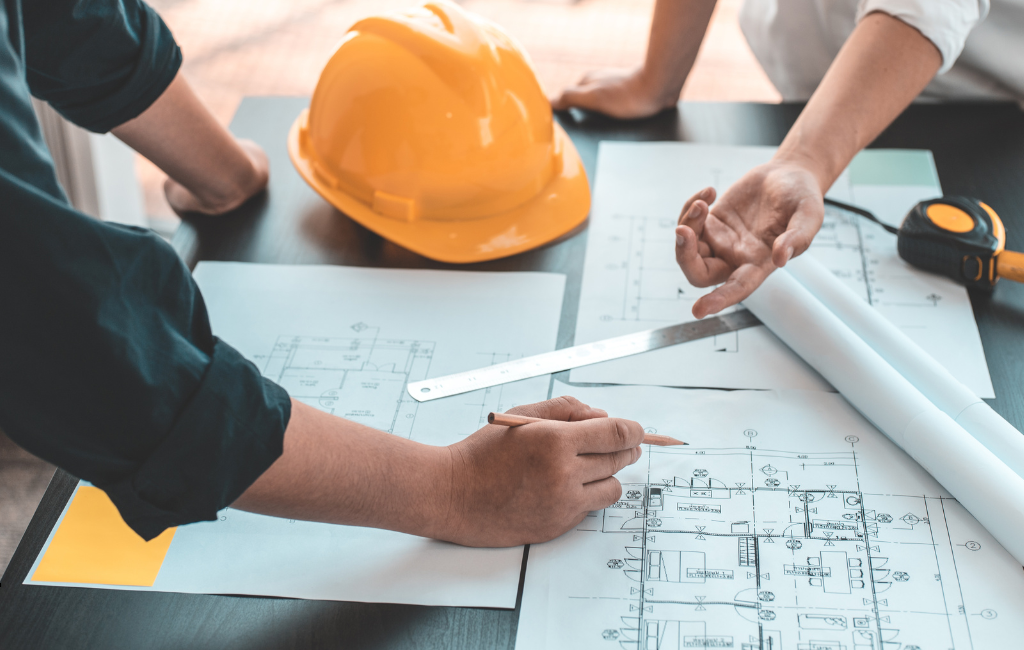Architect’s Role in Green Buildings
As the world grapples with climate change and environmental degradation, the construction industry is increasingly turning towards sustainable practices. Green buildings have emerged as a pivotal solution, and architects play a significant role in their development. This article explores the responsibilities and contributions of architects in the creation of environmentally friendly structures.
Understanding Green Buildings
Green buildings are designed to reduce the overall impact on the environment and human health. They achieve this through efficient use of energy, water, and other resources, while minimizing waste and pollution. These structures often incorporate renewable energy sources, sustainable materials, and innovative design techniques.
Key Features of Green Buildings
- Energy efficiency through advanced insulation and smart systems
- Water conservation with rainwater harvesting and low-flow fixtures
- Use of sustainable and recycled materials
- Improved indoor air quality with non-toxic materials
- Integration of renewable energy sources like solar panels
The Architect’s Responsibilities
Architects are at the forefront of designing green buildings. Their responsibilities extend beyond aesthetics and functionality, encompassing environmental stewardship and sustainability.
Designing for Sustainability
Architects must integrate sustainable practices into their designs. This involves selecting materials that have a low environmental impact and designing buildings that maximize natural light and ventilation. By doing so, they reduce the need for artificial lighting and air conditioning, leading to energy savings.
Collaboration with Other Professionals
Creating a green building requires collaboration with engineers, environmental consultants, and other specialists. Architects coordinate with these professionals to ensure that all aspects of the building meet sustainability standards. This teamwork is essential for integrating systems like renewable energy and water recycling.
Adhering to Green Building Standards
Architects must be familiar with various green building certifications, such as LEED (Leadership in Energy and Environmental Design) and BREEAM (Building Research Establishment Environmental Assessment Method). These standards provide guidelines for sustainable building practices and help architects design structures that meet rigorous environmental criteria.
Case Studies of Successful Green Buildings
Examining successful green buildings can provide valuable insights into the architect’s role in sustainable design.
The Edge, Amsterdam
The Edge is often cited as one of the most sustainable office buildings in the world. Designed by PLP Architecture, it features a smart energy management system that optimizes energy use. The building uses solar panels and an aquifer thermal energy storage system to achieve energy neutrality.
Bullitt Center, Seattle
Dubbed the “greenest commercial building,” the Bullitt Center is a model of sustainability. Designed by Miller Hull Partnership, it features composting toilets, rainwater harvesting, and a solar array that generates more energy than the building consumes. The architects focused on creating a self-sustaining structure that operates independently of municipal utilities.
Challenges Faced by Architects
While the benefits of green buildings are clear, architects face several challenges in their design and implementation.
Balancing Cost and Sustainability
One of the primary challenges is balancing the cost of sustainable materials and technologies with budget constraints. Architects must find innovative solutions to incorporate green features without exceeding financial limits.
Keeping Up with Technological Advancements
The rapid pace of technological advancements in sustainable building materials and systems requires architects to stay informed and adaptable. Continuous learning and professional development are necessary to keep up with new trends and innovations.
The Future of Green Architecture
The demand for green buildings is expected to grow as awareness of environmental issues increases. Architects will continue to play a pivotal role in this movement, driving innovation and sustainability in the construction industry.
Embracing New Technologies
Future green buildings will likely incorporate cutting-edge technologies such as smart grids, advanced energy storage systems, and AI-driven building management systems. Architects will need to embrace these technologies to create more efficient and sustainable structures.
Fostering Community Engagement
Architects can also contribute to sustainability by fostering community engagement. By involving local communities in the design process, architects can create buildings that meet the specific needs and values of the people who use them, leading to more sustainable and resilient communities.
Conclusion
Architects play a pivotal role in the development of green buildings, from designing sustainable structures to collaborating with other professionals. By embracing new technologies and fostering community engagement, architects can continue to drive the green building movement forward. As the demand for sustainable construction grows, architects will remain at the forefront of creating a more environmentally friendly built environment.
https://www.youtube.com/watch?v=NWJDFdHPoS8&pp=ygUaRmluZCBJZGVhbCBBcmNoaXRlY3QgVG9kYXk%3D
